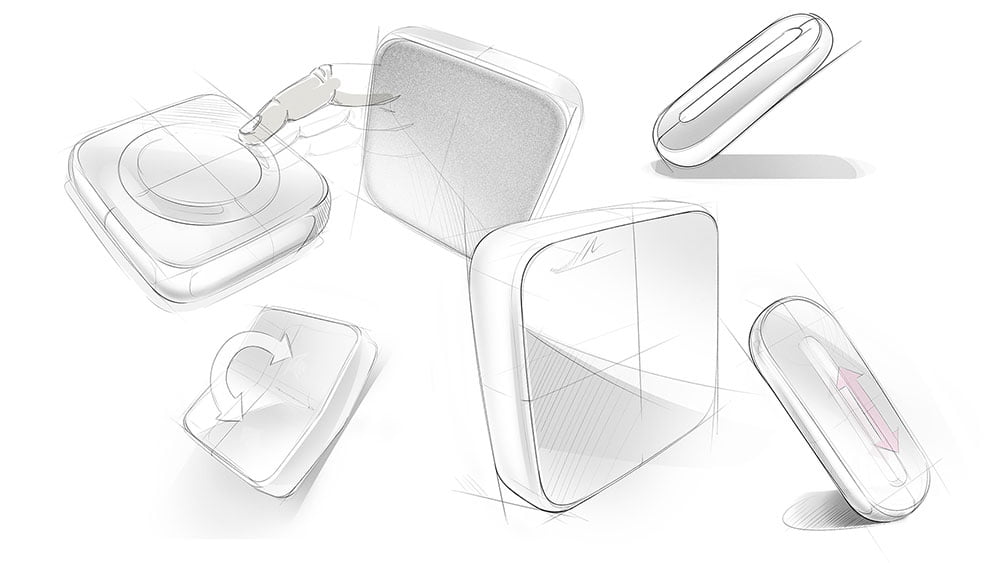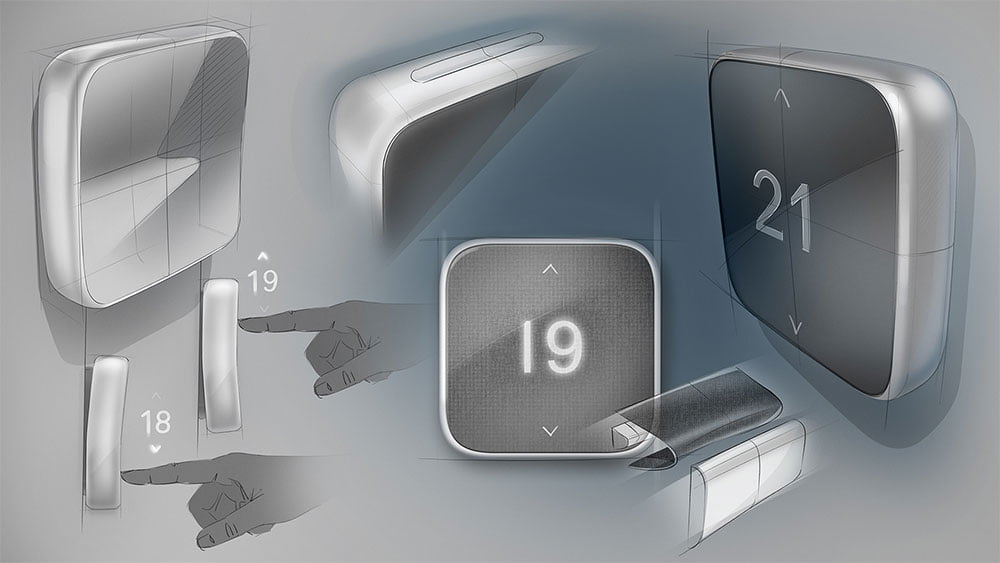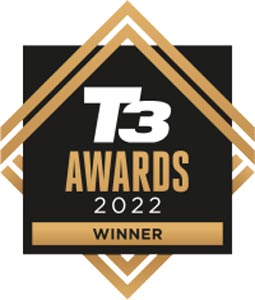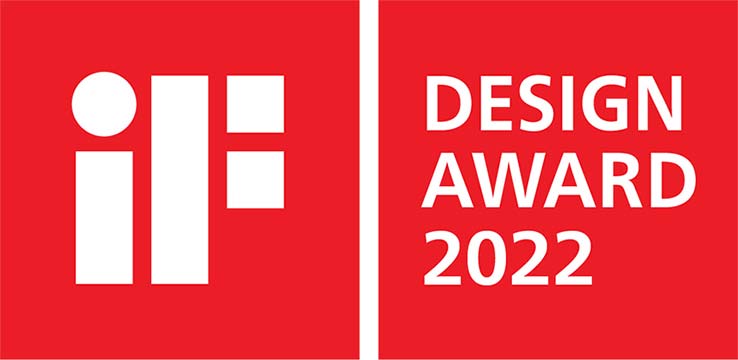Hive Thermostat Mini
Industrial design for Hive

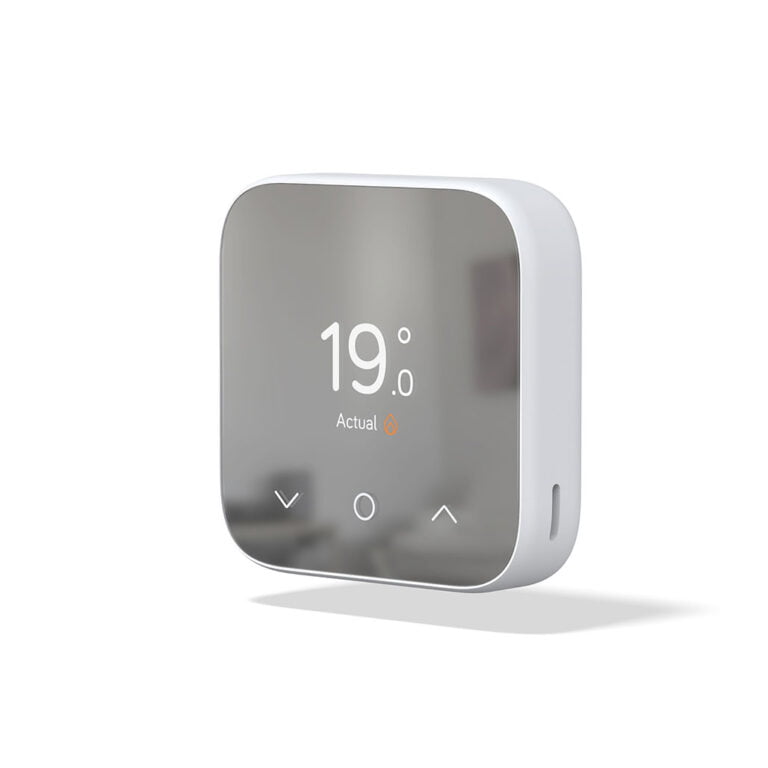
What is Thermostat Mini?
As the 3rd generation Thermostat from the UK’s leading smart home provider, Hive Thermostat Mini is built on a deep understanding of how customers use smart technology to live more sustainably and manage their homes heating and hot water.
Using data & insights gathered from the previous devices, the new Thermostat Mini is all about removing the unnecessary to create a pure, efficient device that perfectly balances physical control & an immersive app interface, working diligently in the background to heat and protect customers’ homes.
This approach allowed for a product with a reduced footprint and simpler build at a more accessible price point for customers.

Industrial Design Story
The primary objective was to develop a smart thermostat for significantly reduced manufacture & build costs without compromising user experience & extensive capabilities.
This informed the industrial design approach to Thermostat Mini to focus on finding minimal simplicity for the physical form, that prioritised the immediate and intuitive interaction for everyday settings, such as adjustments to the temperature. This allowed the more immersive features to be accessed and adjusted at a granular lever through the companion app negating the need for additional physical buttons on the thermostat, nor having to navigate a complex ‘onboard’ menu structure when screen real estate is at a premium.
Using a friendly, approachable form, to engage a wider audience, the industrial design & CMF are deliberately pure & restrained, to allow the device to seamlessly & quietly integrate with the home interior environment, without demanding attention, reflecting the Mini’s ability to work proactively in the background


Product Impact
Expanding the Hive smart thermostat offering, the Mini is the most affordable, allowing the benefits of premium active heating & hot water control to be accessible to a significantly wider audience, where traditional device & installation costs may previously have been a barrier to entry.
The significantly lower price point permits saving energy & living sustainably easy & more accessible than ever before.


